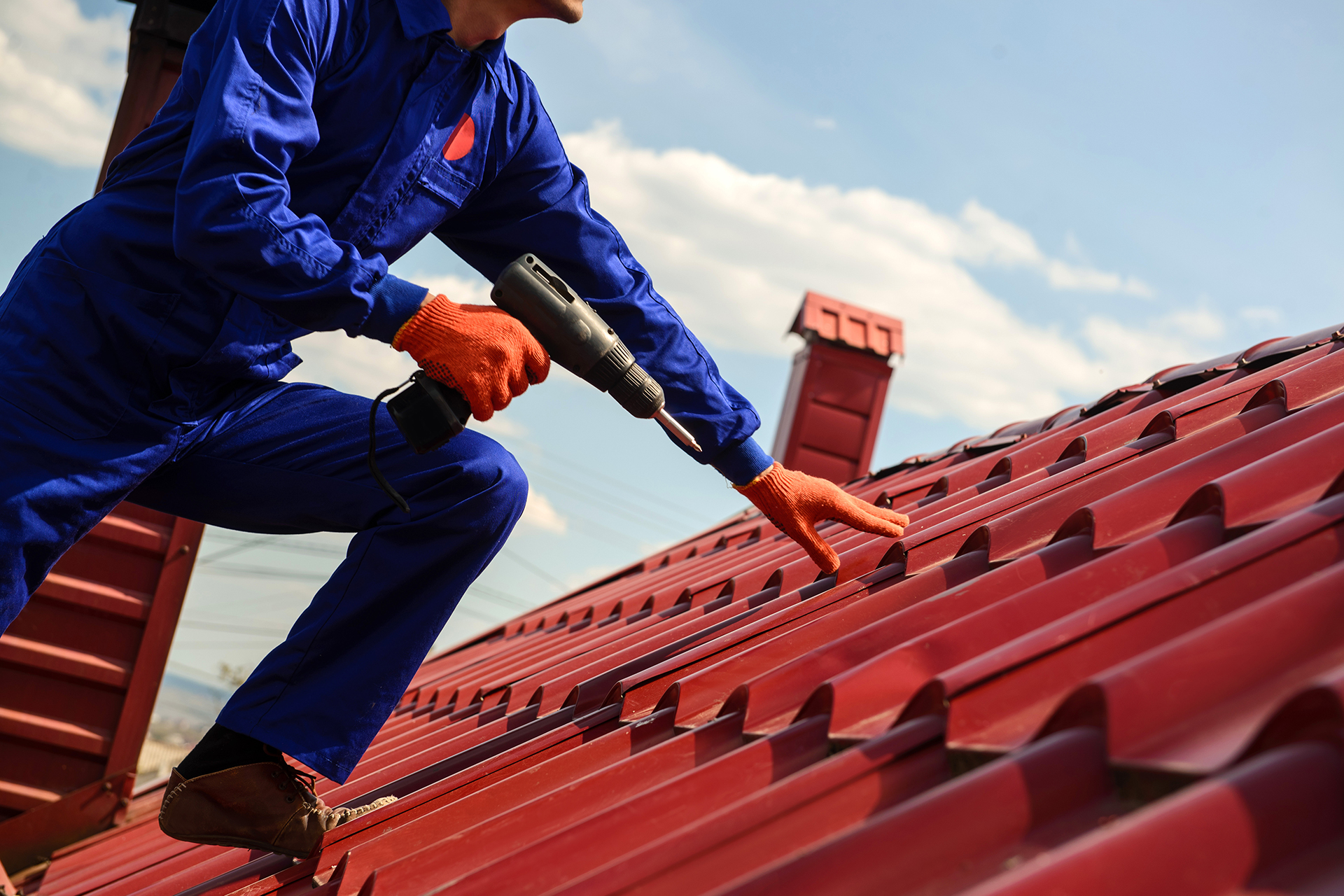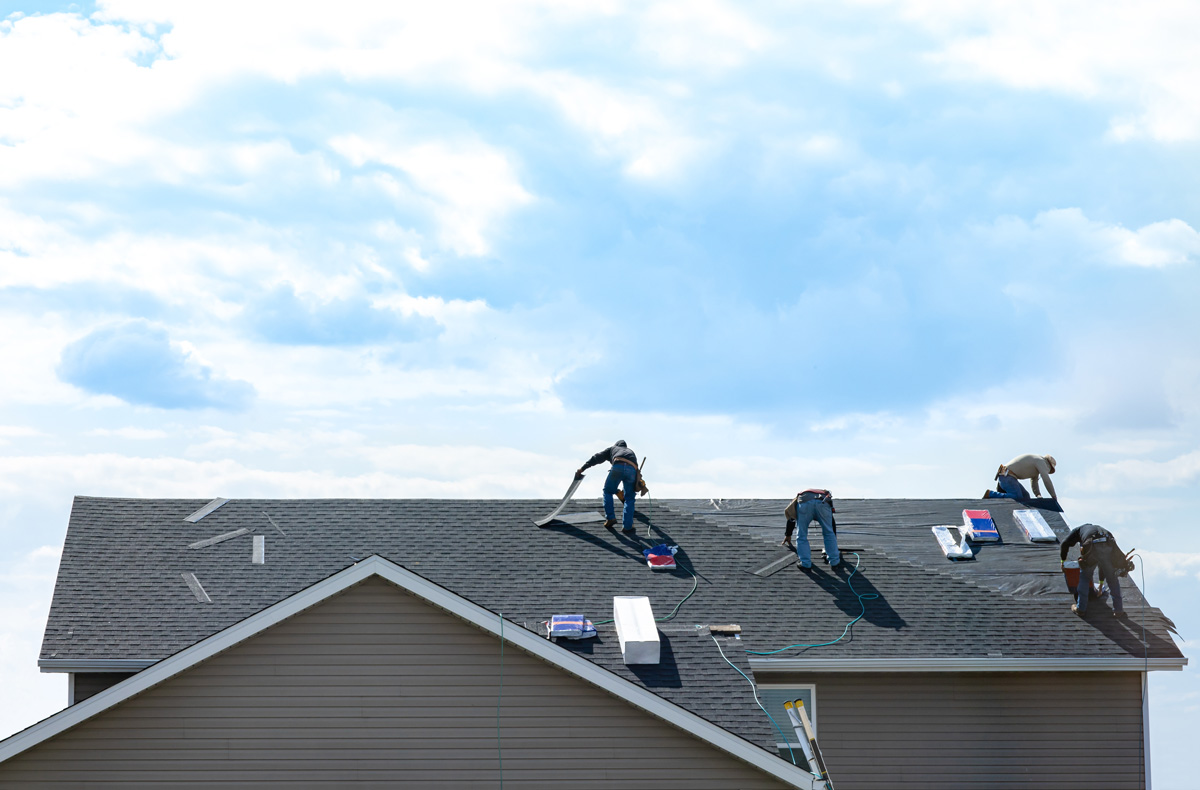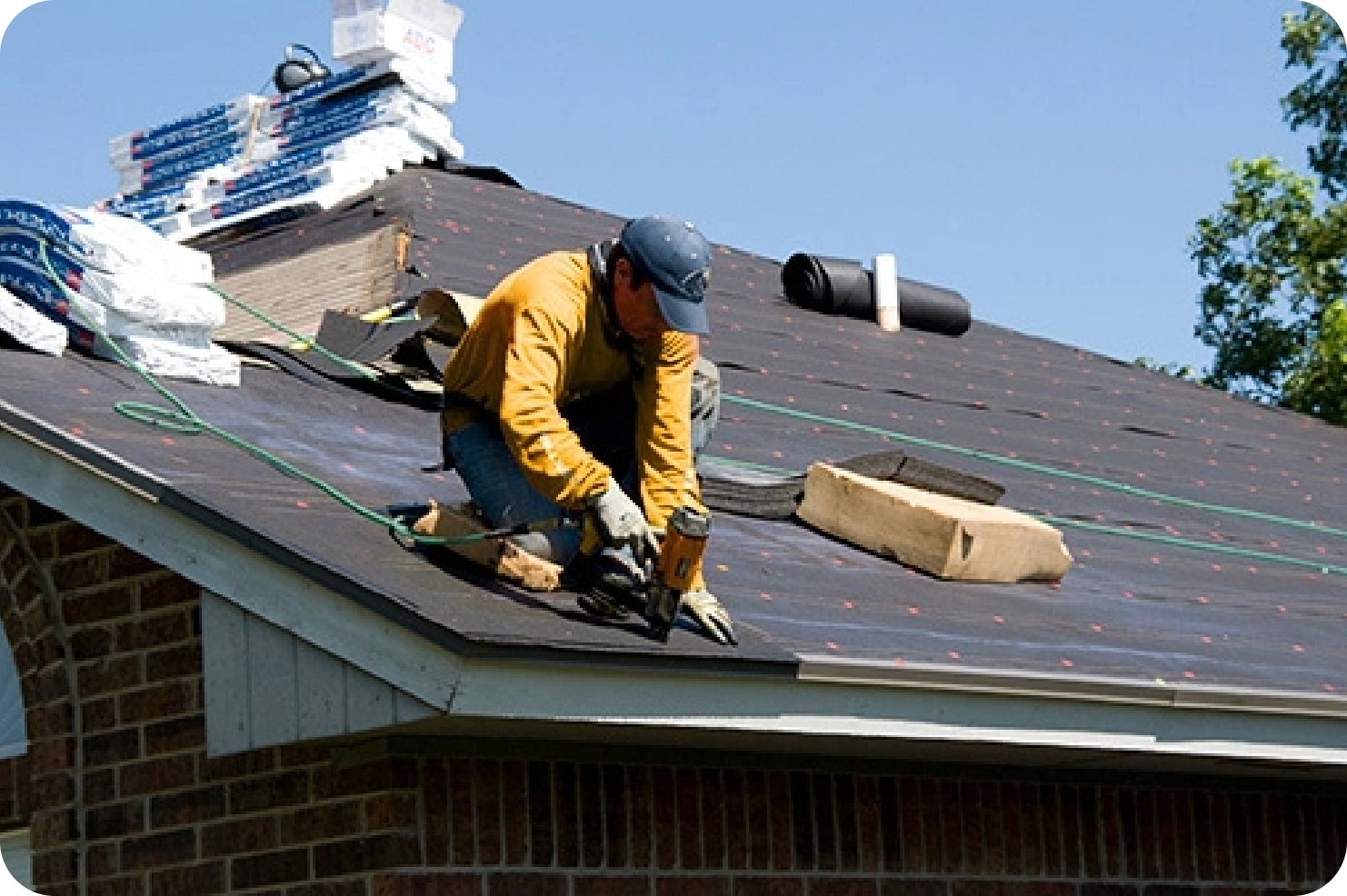Exactly How to Examine Different Roof Covering Choices for Your Structure Requirements
Reviewing roofing alternatives for your building requires a comprehensive strategy that takes into consideration different elements such as the meant usage of the structure, neighborhood environment problems, and material attributes. It is necessary to consider the benefits and drawbacks of different roof covering kinds, from asphalt roof shingles to metal and clay tiles, while additionally factoring in initial prices and long-term upkeep. Additionally, recognizing energy effectiveness and aesthetic appeal can influence your choice. As you contemplate these factors to consider, one inquiry continues to be: which elements will inevitably direct your choice for a sustainable and aesthetically pleasing roofing solution?
Analyzing Your Building's Demands
To properly assess roofing options, start by completely analyzing your structure's demands. Begin by considering the structure's meant use, as different frameworks might require varying roofing requirements. Property roof coverings typically focus on aesthetics and insulation, while industrial buildings may focus on durability and load-bearing ability.
Following, evaluate the neighborhood climate conditions that will influence roofing performance. Variables such as temperature level fluctuations, precipitation levels, and wind patterns can influence product selection and layout. A roof that excels in a temperate environment might not do too in areas susceptible to heavy snowfall or extreme warm.
In addition, analyze the architectural honesty of your structure. Make certain that the existing framework can support the chosen roofing materials, especially if considering larger choices. It is additionally critical to evaluate any type of neighborhood building codes or policies that might dictate particular demands for roofing systems.

Comparing Roof Products
Once a thorough assessment of your building's demands has been finished, the following step involves comparing different roof covering materials. Each product supplies distinctive benefits and drawbacks, making it important to align your selection with your details demands and situations.
Asphalt shingles are extensively recognized for their affordability and ease of installation, making them a prominent choice for residential structures. On the other hand, steel roofing, known for its toughness and durability, can stand up to severe weather however may feature a higher initial financial investment.
Clay and concrete ceramic tiles give outstanding thermal insulation and aesthetic appeal, especially for Mediterranean-style style, yet they call for an even more robust structural support due to their weight. Timber trembles offer a natural look and excellent insulation residential or commercial properties yet may demand extra upkeep and are vulnerable to fire dangers.
Examining Expense and Spending Plan
Examining your roofing alternatives demands a cautious evaluation of cost and budget considerations. The overall allocate a roofing project comprises a number of elements, consisting of material prices, labor costs, upkeep, and potential long-lasting financial savings. It is necessary to develop a clear budget plan prior to discovering specific roof products, as this will guide the decision-making process and assist you prevent overspending.
Begin by acquiring quotes from several service providers to comprehend labor expenses in your area. Make certain that these quotes include all essential solutions, such as removal of the old roofing system, installation, and any kind of extra functions, like insulation or ventilation enhancements - Toledo Roofer. Next off, analyze the price of various roofing products, taking right into account both preliminary installment costs and expected lifespan

Comprehending Energy Effectiveness
Energy performance plays an important function in the option of roof products and systems, considerably impacting both power intake and general convenience within a building. A well-chosen roofing system can improve thermal performance, minimizing the demand for home heating and cooling systems, which in turn decreases power expenses and reduces ecological impact.
When examining roof covering alternatives, take into consideration products that show as opposed to soak up warmth. Light-colored or reflective roof covering products can substantially reduce roofing system surface area temperatures, bring about reduced power use throughout hot months. Additionally, proper insulation and air flow are necessary to maximize the energy performance of the entire roof covering system. Insulation prevents warmth transfer, while air flow alleviates warmth build-up in the attic space.
One more crucial aspect is the roofing system's durability and upkeep requirements. Durable materials that call for less regular replacement add to long-lasting energy savings. The power performance of a roofing system can additionally be assessed with its compliance with well-known sustainability ratings such as Power STAR or LEED.
Taking Into Consideration Visual Appeal
A roofing's aesthetic charm significantly affects the overall look of a structure, enhancing its building design and improving aesthetic appeal. Sylvania Roofing Contractor. When examining roof covering choices, it is vital to take into consideration exactly how the chosen material, color, and style will integrate with the existing framework and neighborhood. A well-designed roofing can raise even the most basic of structures, his explanation changing them into aesthetic prime focus
Different roof covering products supply different visual qualities. For instance, standard roof shingles might evoke a classic beauty, while metal roof covering can present a modern-day, smooth appearance. Furthermore, the color of the roof product plays a vital function; lighter shades can make a structure show up more roomy, while darker tones might produce a cozier setting.
In addition, building aspects, such as dormers and eaves, can improve the roofing's visual impact. It is a good idea to speak with expert designers or architects to make certain the chosen roofing alternative lines up with the general design Clicking Here intent. Ultimately, a roof needs to not just provide practical benefits yet likewise contribute positively to the structure's aesthetic, mirroring the owner's taste and the personality of the surrounding environment.
Conclusion
